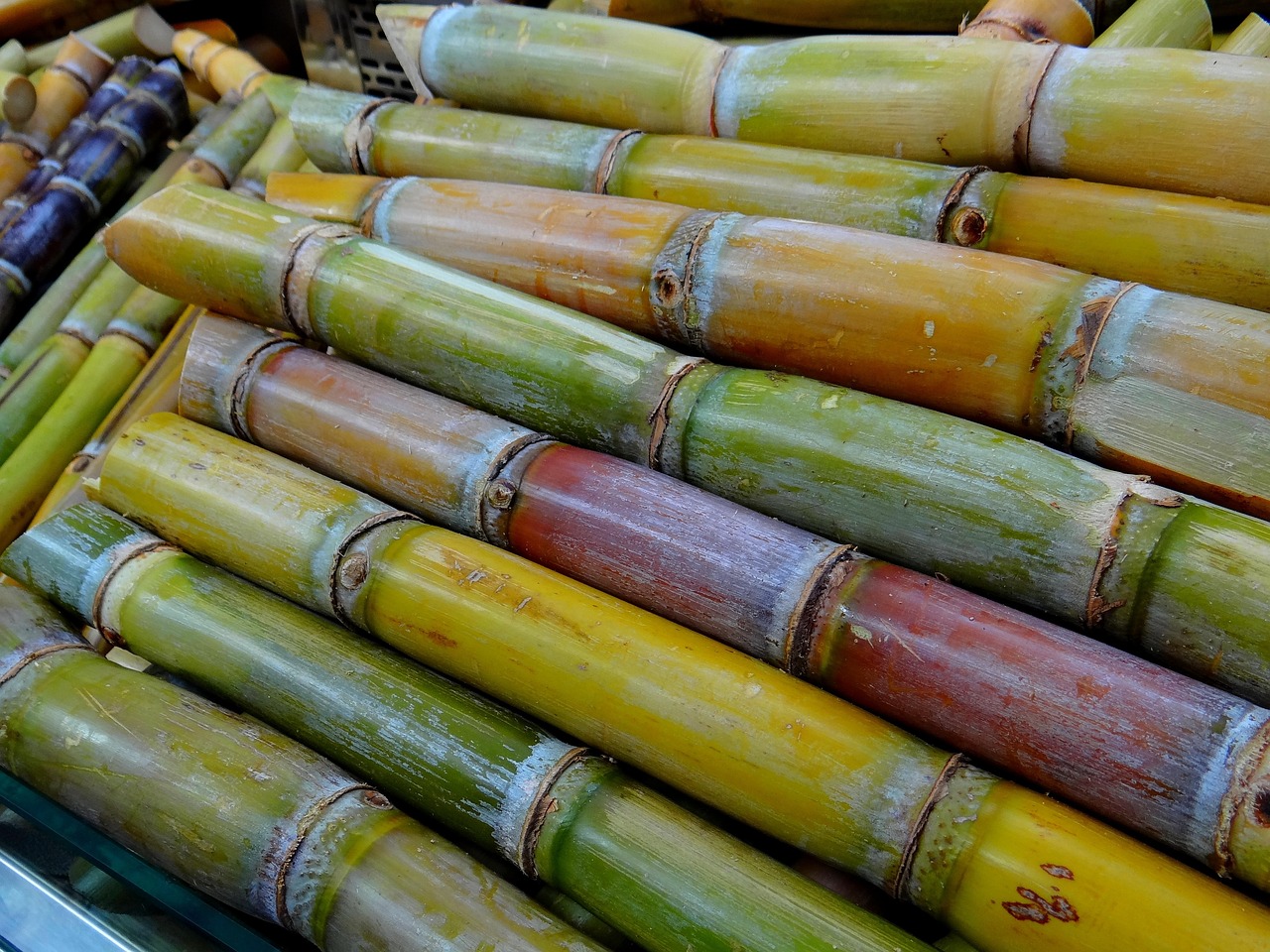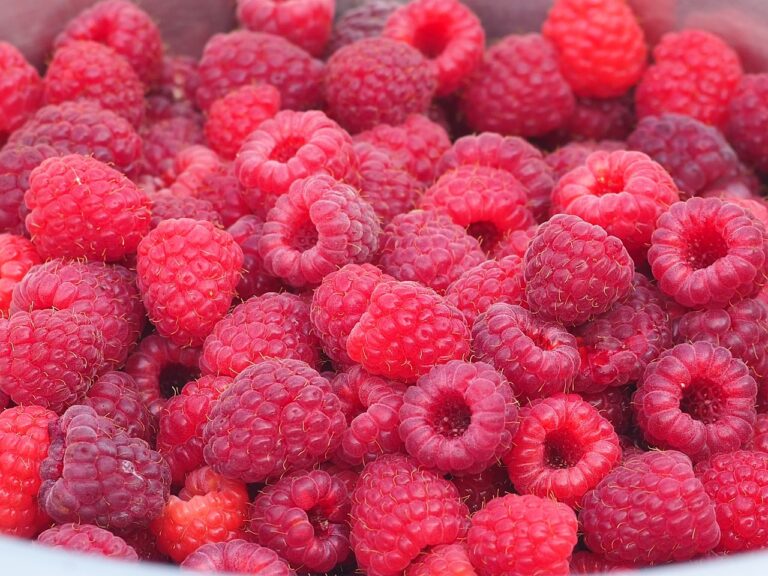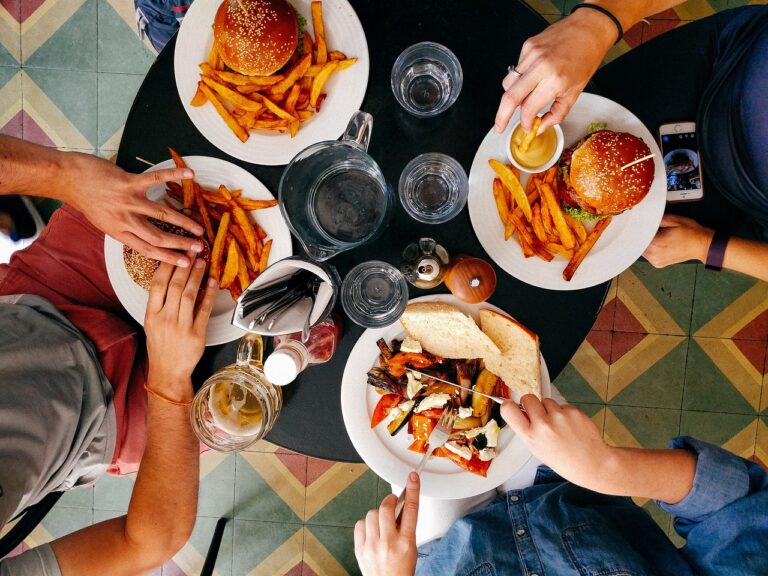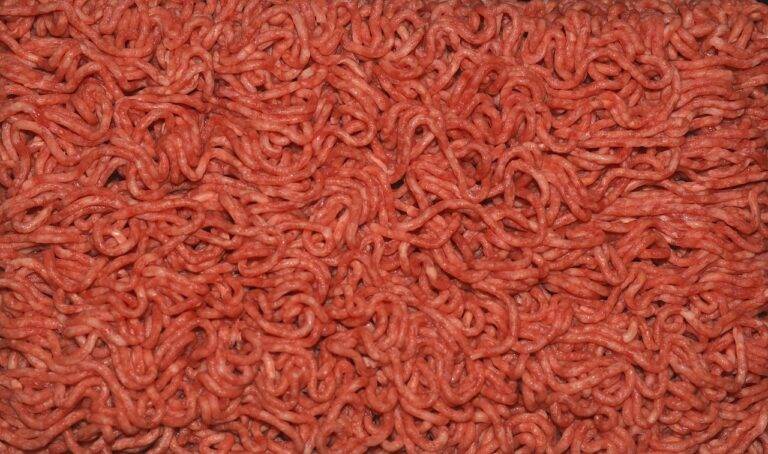Sustainable Food Packaging: Reducing Plastic and Waste
Sustainable food packaging brings numerous advantages to not only the environment but also to consumers and businesses. By opting for sustainable packaging solutions, companies can significantly reduce their carbon footprint and contribute to a healthier planet. This can improve brand reputation and attract environmentally-conscious consumers, ultimately leading to increased sales and loyalty among customers.
Moreover, sustainable food packaging helps in preserving the quality and freshness of the products, extending their shelf life. As a result, there is a decrease in food waste, saving both money for businesses and reducing the environmental impact of wasted food. This also benefits consumers by ensuring that they receive products in optimal condition, enhancing their overall experience and satisfaction.
Challenges in Reducing Plastic in Food Packaging
One major challenge in the quest to reduce plastic in food packaging is the resistance from some industries and consumers. Despite the undeniable environmental impact of plastic waste, there are still segments of society that prioritize convenience and cost over sustainability. This mindset makes it difficult to implement changes that would significantly decrease the use of plastic packaging in the food industry.
Another obstacle is the lack of widespread awareness and education about the detrimental effects of plastic on the environment. Many consumers may not fully understand the consequences of using single-use plastics or the benefits of choosing sustainable alternatives. Without a collective effort to educate and raise awareness, it is challenging to drive meaningful change in the way food is packaged and distributed.
Innovative Alternatives to Plastic Packaging
In recent years, the food packaging industry has been exploring innovative alternatives to traditional plastic packaging. One promising solution that has gained traction is compostable packaging made from materials like plant-based plastics and fiber-based materials. These compostable alternatives offer an environmentally friendly option that can break down naturally, reducing the impact on the environment.
Another alternative that has been making waves is edible packaging. This creative approach involves using edible materials like seaweed or rice to create packaging that can be safely consumed along with the food inside. Edible packaging not only cuts down on waste but also adds a fun and unique element to the dining experience.
What are the benefits of using sustainable food packaging?
Sustainable food packaging helps reduce the environmental impact of plastic pollution, conserves natural resources, and promotes recycling and waste reduction.
What are some challenges in reducing plastic in food packaging?
Some challenges include finding suitable alternatives that maintain food freshness and safety, cost considerations, and navigating regulations and consumer preferences.
What are some innovative alternatives to plastic packaging?
Innovative alternatives to plastic packaging include biodegradable materials such as compostable packaging, edible packaging made from seaweed or other natural sources, and reusable packaging options like stainless steel containers or beeswax wraps.







